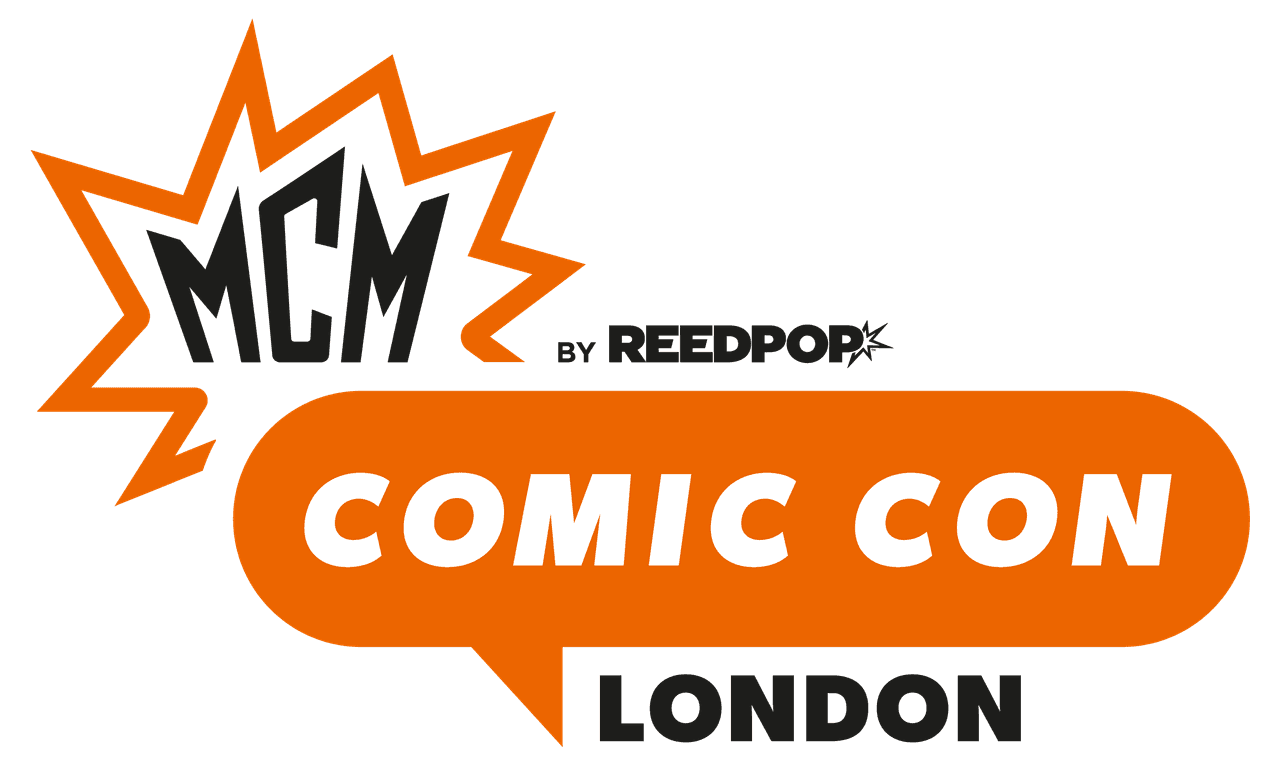If you click on a link and make a purchase we may receive a small commission. Read our editorial policy.
Stephen Graham Jones' The Buffalo Hunter Hunter features horror’s scariest vampires since Stephen King's Salem’s Lot
Sick of vampires? Stephen Graham Jones' The Buffalo Hunter Hunter is here to ignite new nightmares

Popverse's top stories of the day
- Five Nights at Freddy’s creator Scott Cawthon has asked the voice actors to stop participating in fan projects including even voice actor memes
- MEMBERS ONLY: Watch Divergent author Veronica Roth's spotlight panel from MCM x EGX 2024 in London
- WATCH NOW: Ortegas or Melissa: We play Who Is More Likely To? with Star Trek: Strange New Worlds' Melissa Navia
Name a literary monster. Chances are, the first thing that came to mind was either Frankenstein's monster or Dracula. But unlike Frankenstein's monster, vampires have perhaps the most storied pedigree in Western literature, in that the subgenre has produced hordes of vampires who have been household names at various times in history. Whether it's Carmilla, Dracula, Nosferatu, Vampirella, Blade, [Vampire Hunter] D, Lestat, Spike, Edward Cullen, Astarion, or Paul Rudd, there's a vampire for just about everyone.
With that in mind, I want you to throw everything you know about vampires, and your feelings towards them, out the window. Just chuck it all out (Don't worry, I'll hold onto your Astarion plushie for you). Because there are two new literary vampires on the scene here to rip apart all your preconceptions about vampires: the Cat Man and Good Stab from horror maestro Stephen Graham Jones's newest novel, The Buffalo Hunter Hunter.

Before I get ahead of myself, let me set the stage first. If you aren't familiar with Stephen Graham Jones' work, you're in for a real treat. Over the course of his career, he's reinvented the horror genre's nearest and dearest haunts while still paying close attention to the history of the specific monsters he works with. In his novel Mongrels, Jones reinvents werewolves in the style of Kathryn Bigelow's nomadic and disheveled vampires from her film Near Dark. In the Indian Lake trilogy - My Heart is a Chainsaw, Don't Fear the Reaper, and The Angel of Indian Lake - he reimagines the shadowy slasher cutting through small-town America as a product of settler colonialism and cycles of abuse. Believe me, I have seen more horror movies than most people and the creativity and sense of terror in Jones' books are like a defibrillator to this jaded man's heart.
Related: Popverse Picks: Our favorite novels from The Buffalo Hunter Hunter's Stephen Graham Jones
Now, The Buffalo Hunter Hunter is Stephen Graham Jones's first stab at vampires, and it's well worth the wait. The core part of The Buffalo Hunter Hunter follows a white Lutheran pastor in Montana in 1912 who meets a mysterious Blackfeet man in Jesuit vestments named Good Stab. Over the course of the book, Good Stab reveals more and more about his past, which the pastor diligently writes down, recounting the brutal massacre of Blackfeet that has sent Good Stab on a gut-wrenching course of vengeance.
As it turns out, Good Stab is what we might call a vampire, having been transformed into this state against his will by a monstrous white settler he calls the Cat Man. And the Cat Man is nothing like the sexy, brooding vampire you'd expect to see in a vampire story. Nor does he have the enjoyable swagger of Michael Myers. No, the Cat Man is an Old World evil who would make the Joker and Darkseid blush - he delights in destroying Good Stab's ties to his community and ancestral lands. He has no respect for nature or the dignity of the Blackfeet people. I don't think I've ever felt more distraught by how much I wanted to kill the guy even though there's no way that my feeble human body could overpower Cat Man's old vampire strength.
The Cat Man and Good Stab's vampire powers feature a unique twist: they begin to resemble the prey they feed on if they fail to diversify their palate. Good Stab is shocked to discover that after feeding on white settlers for some time, his hair has turned ginger, his skin ashy, and his eyes blue. He becomes unrecognizable to his Blackfeet tribe. And, to make matters worse, the Cat Man takes advantage of this dynamic and begins feeding on Blackfeet himself, so that he can pass as Native while Good Stab is marginalized by his own people.
This is perhaps the most distressing idea I've ever come across in a vampire story. That in being turned into a monster originating from a land far beyond your own, your ability to live freely and in harmony with your ancestral land and people is ripped away from you. It's not just his human community that Good Stab loses, it's also his animal spirit guide, who abandons him after it observes him cross a boundary that never should have been broken. For Jones, it's clear that his idea of "personhood" in The Buffalo Hunter Hunter is rooted in the network of forces that Good Stab is shaped by. In removing those forces, once Good Stab is turned, both the character and us as readers are horrified by the ugly negative image that is left behind by their absence.
While I am not Blackfeet, I do understand as a person of color that there is a sense of comfort that we can all find in our cultural heritage, even beneath the boot of oppression. That regardless of how bad things get, the feeling of safety and belonging within our communities and traditions is something that can't be killed. Or so I thought. The Buffalo Hunter Hunter brought to life a new sort of nightmare for me, one that takes vampirism as a metaphor for assimilation and dials it up to 100. For most of my life (thanks to Jumanji, actually), my greatest fear has been a white colonizer in a pith helmet. But now, I'm haunted by the thought that in trying to keep my people safe, I would become what I've always feared.
Want to know what's coming up next in pop culture? Check out Popverse's guides to:
Follow Popverse for upcoming event coverage and news
Find out how we conduct our review by reading our review policy
Let Popverse be your tour guide through the wilderness of pop culture
Sign in and let us help you find your new favorite thing.
















Comments
Want to join the discussion? Please activate your account first.
Visit Reedpop ID if you need to resend the confirmation email.